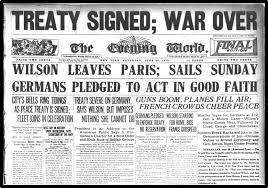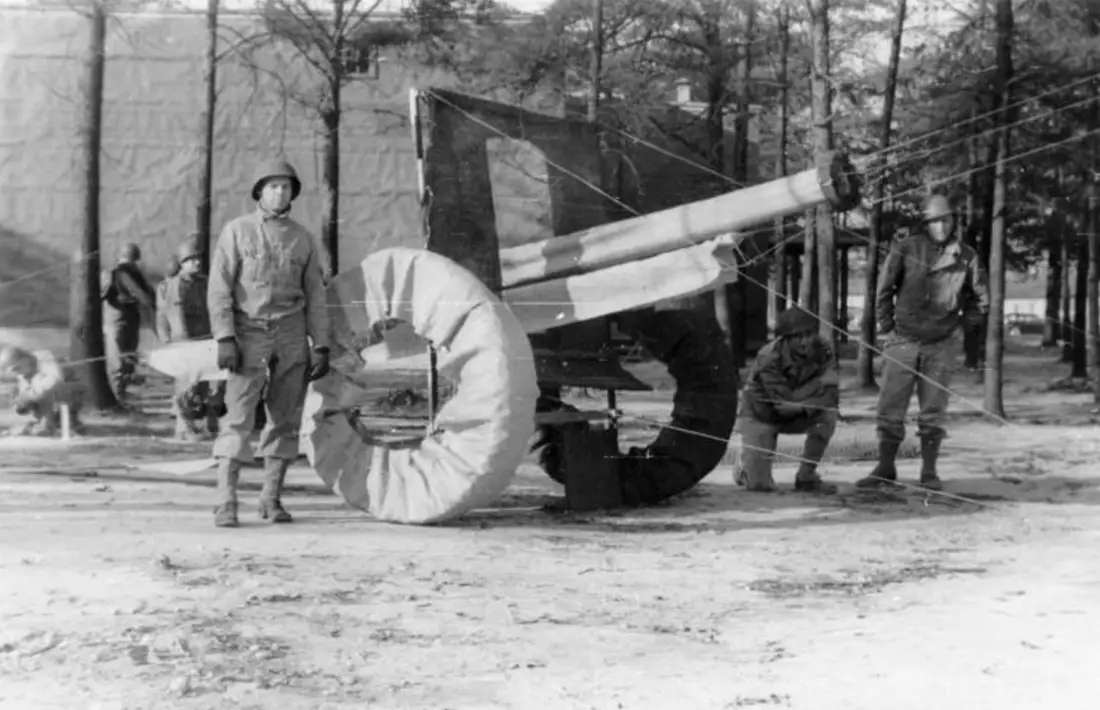Historical Context
Causes of WWII
The Treaty of Versailles, which ended World War I, held Germany responsible for the conflict. The harsh terms created conditions in Germany that allowed Hitler and the Nazi party to come to power. They stressed an extreme form of nationalism and shifted blame to others.
The world economy experienced a period of economic boom following WWI. However, in 1929, the economy crashed, sending many countries into economic depression. This downturn was felt deeply in Germany which had already been crippled by a severe financial and industrial slump post WWI. Hitler and the Germans invaded Poland in September of 1939, starting World War II. Great Britain and France had no choice but to declare war to stop Germany.

From History Cooperative
U.S. Involvement
The United States avoided entering the conflict as long as it could. When Japan attacked Pearl Harbor on December 7, 1941, the U.S. could no longer stay neutral, and officially declared war the next day.
Allies vs. Axis
The Allies consisted mainly of the U.S.S.R., Great Britain, and the U.S., but also included the French Resistance, Canada, the Netherlands, and many more. The enemy was the Axis, consisting of Germany, Italy, and Japan. The Allied Powers were the forces behind the D-day invasion.

Origins: Current Events in Historic Persepectives
Planning the Attack
‘And what a plan! This vast operation is undoubtedly the most complicated and difficult that has ever occurred.’ -Winston Churchill
The invasion of Normandy was officially called Operation Overlord, but was also called D-Day because that is a name that describes any day on which a military operation begins. This is the best known D-Days.
The planning for the invasion of Normandy, France started in 1943. During the planning, Churchill argued the planned attack should be 25% larger. The American Pacific Fleet disagreed because the additional landing craft required would come from their forces. It seemed obvious that the war in the Pacific was going to require a lot, so this would strain resources. As a result, the American forces scrapped the idea of asking for more naval units.
Churchill’s argument was that they couldn’t suffer another defeat because it would be catastrophic to the Allied cause. He wanted to wait until the Allies were fully supplied and victory assured. Eventually, Supreme Commander-In Chief Eisenhower and Field Marshal Montgomery saw the need to strengthen landing forces and the U.S. committed to meeting the requirements.
The plan included three airdrop points, five assault points for troops, and two extra units. This required extra naval and air units. It also increased the beachhead by fifty miles. It required US naval support for the large watercraft. The Soviets agreed to launch a separate attack, putting more pressure on Germany, and the Allies intensified their attacks in Italy to keep the enemy occupied.
Great Britain and the U.S. finalized the plan and in order to keep it secret, Great Britain created phony landing boats, gliders, and other supplies that were allowed to fall into enemy spies’ hands. Germany believed that the main landing was going to be at Pas de Calais, and the Allies worked to make it seem like the attack on Normandy was the diversion, and that Calais was the main target. The Germans were fooled.
The Royal Air Force officers were initially upset about having to reallocate resources and sacrifice targets in order to provide support for the invasion. Eventually, they were convinced of the necessity of using air units and Operation Overlord could begin.

